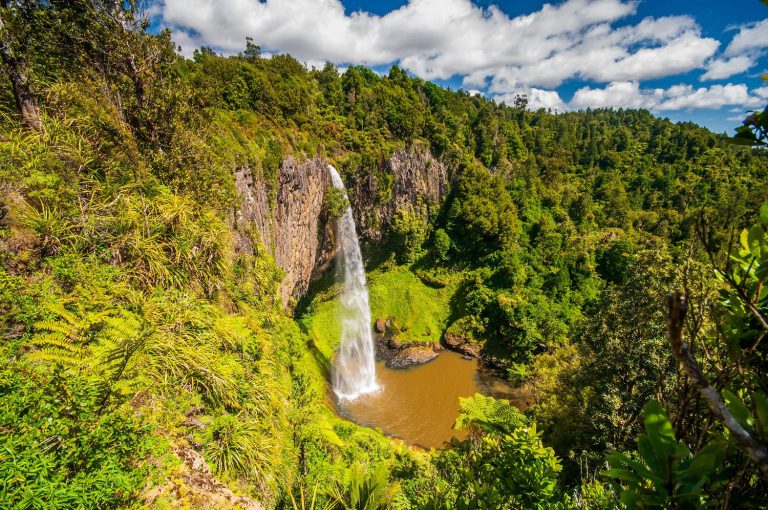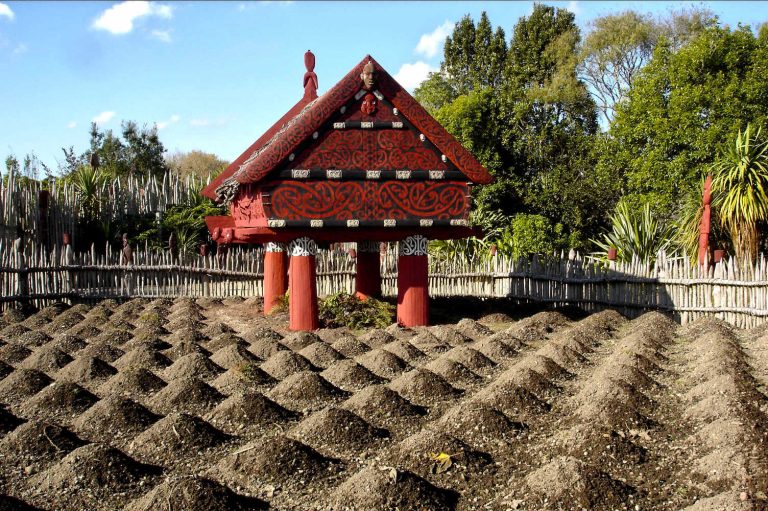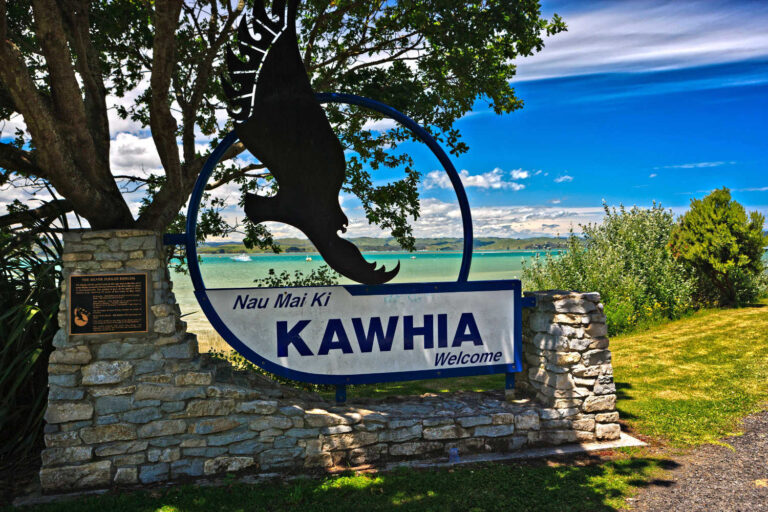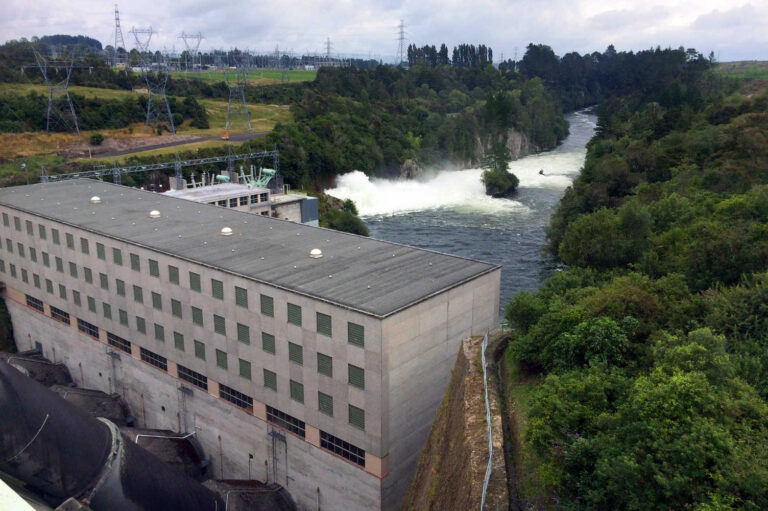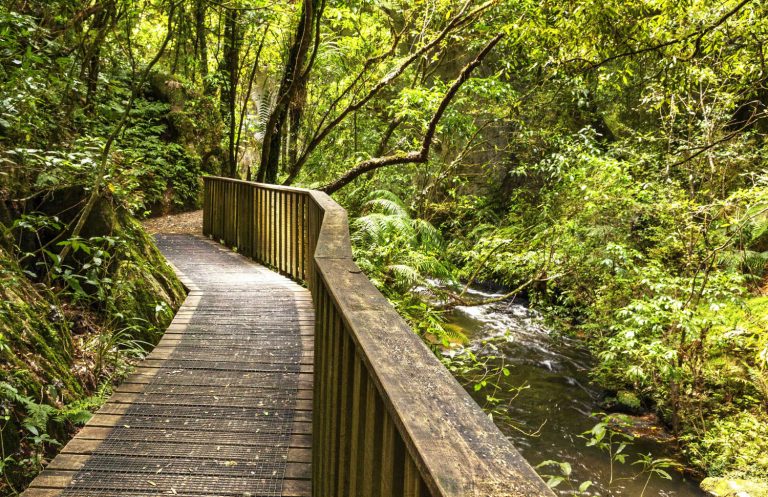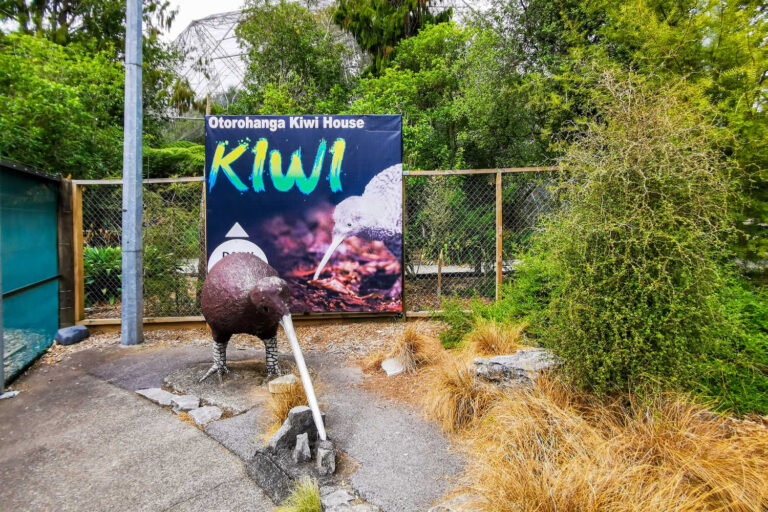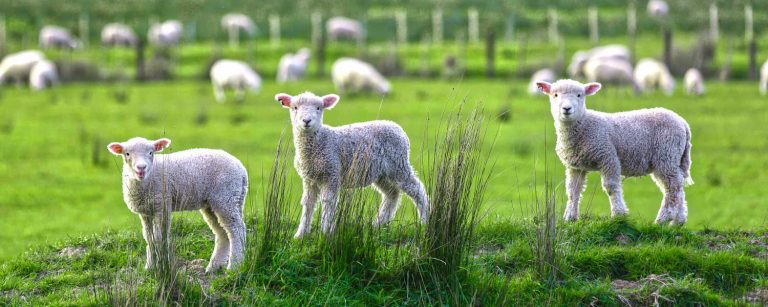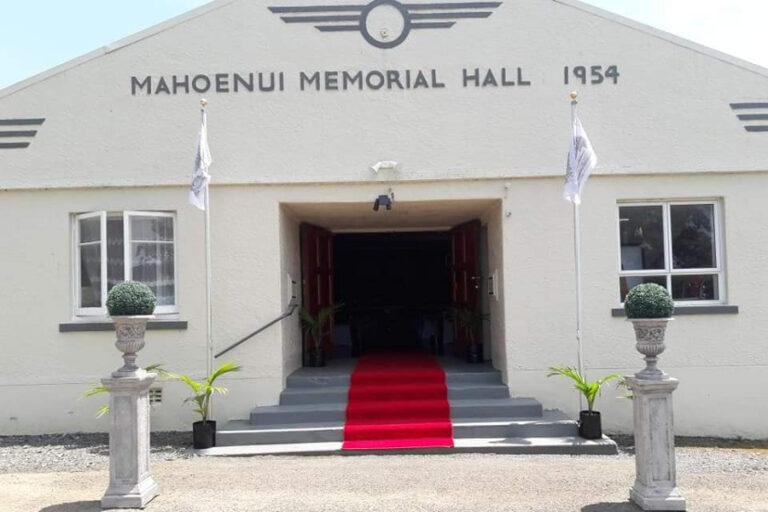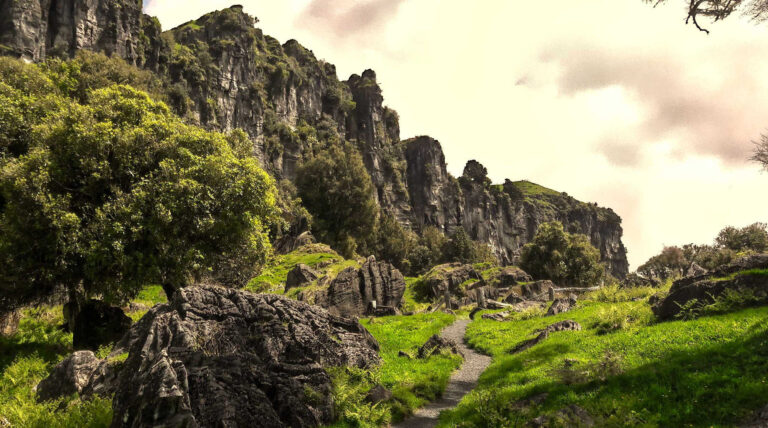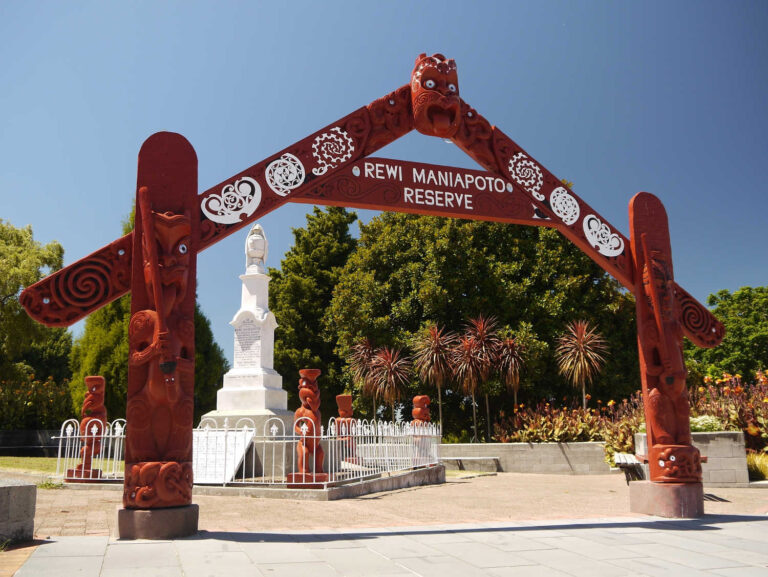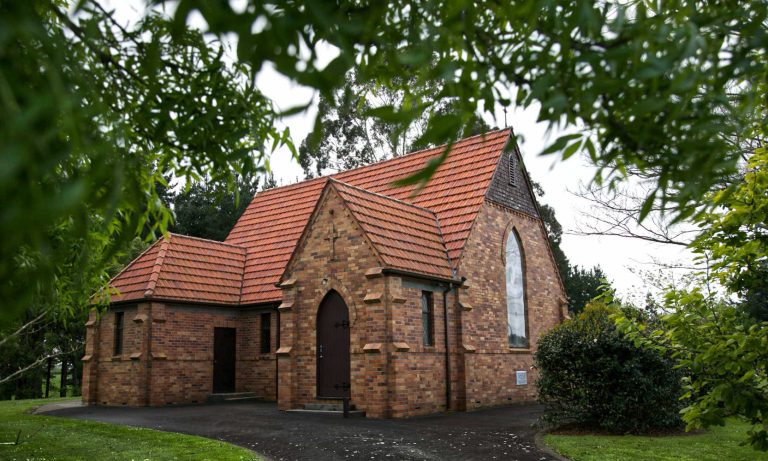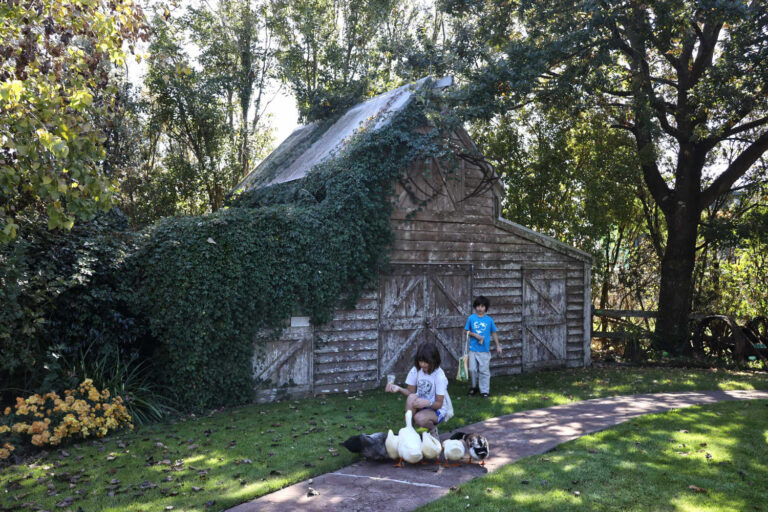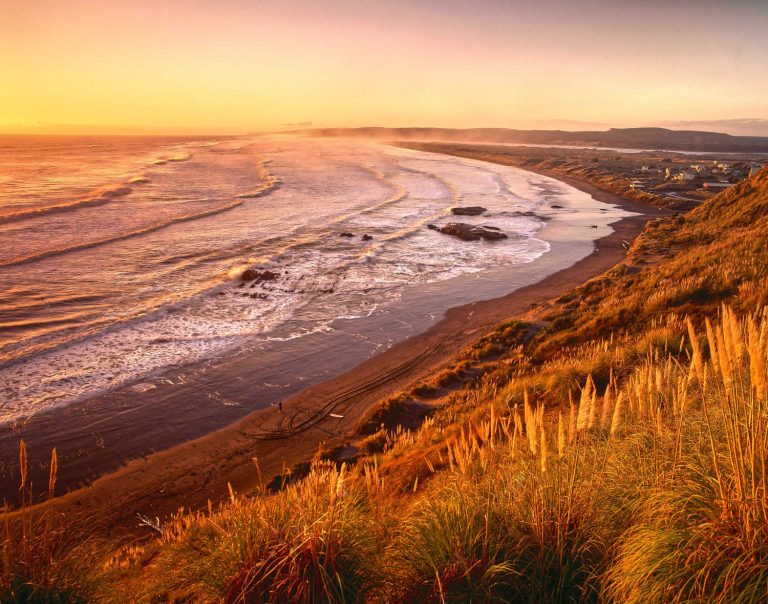What to see and do in the Waikato
Pirongia there are plenty of things to do. New Zealand’s North Island scenic highlights should include Mount Pirongia. The mountain is a dramatic contrast to the pastoral rolling farmland. The forested slopes are covered with mature rimu, tawa and further up horopito, flax, coprosmas and ferns. Mt Pirongia is home to the tallest Kahitkatea tree and rare wood rose (Dactylanthus taylorii), New Zealand’s only completely parasitic flowering plant, which has no leaves and grows partially underground. Mt Pirongia dominates the scenery on the touring route to Waitomo Caves on SH39. Take the detour and explore the mountain. For nature lovers the area is a great day trip from nearby Hamilton. Pirongia is part of the Waipa District Council, Waitomo Region.
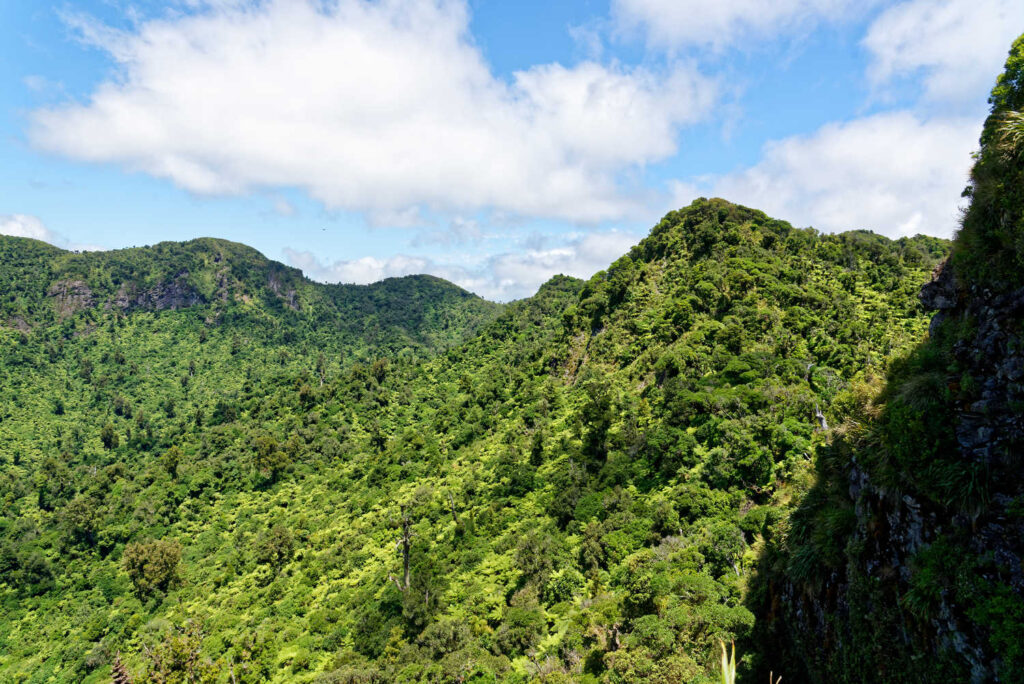
What to do in Pirongia, highlights
- Mt Pirongia nature, outdoors, walking trails
- Military history buffs, Alexandra Redoubt a 19th century military site
- Mountain bike trails
- Day trip from Hamilton
Pirongia village is attractive with its wide tree lined streets and the mountain backdrop. There are cafes and a pub serving classic New Zealand fare.
New Zealand Land Wars and Alexandra Redoubt.
Surviving military earthworks are rare as farming has often obilerated evidence of earlier land use. In Pirongia there is a rare example. The 19th century fears of a return of hostilities led to the creation of a redoubt as a line of defence against the possibility of incursions from across the Puniu River. The Puniu River marked the boundary between Maoris exiled in the King Country and the pacified Waikato.
The redoubt earthworks illustrate the siege mentality during its construction. For the local Maoris the panoramic views from the Redoubt swept across confiscated lands and a sense of loss. The quiet mowed embankments and plaques describing the events are in complete contrast to the bloody battles of the mid nineteenth century. A visit to the Alexandra Redoubt site should also include the nearby Kihikihi historical precinct with intact original police premises and Rewi Maniapoto Memorial.
Where to take the best selfie in Pirongia
- Heritage buffs – Alexandra Redoubt site
- Scenery, sweeping views at Corcoran Rd Lookout
- Pirongia Five Stags pub stuffed deer antler heads festooning the bar walls
Pirongia festivals
Annual Pirongia Craft Day October is a favourite among market goers
What to do with kids in Pirongia
- Natural places, walks
- Mountain biking mecca
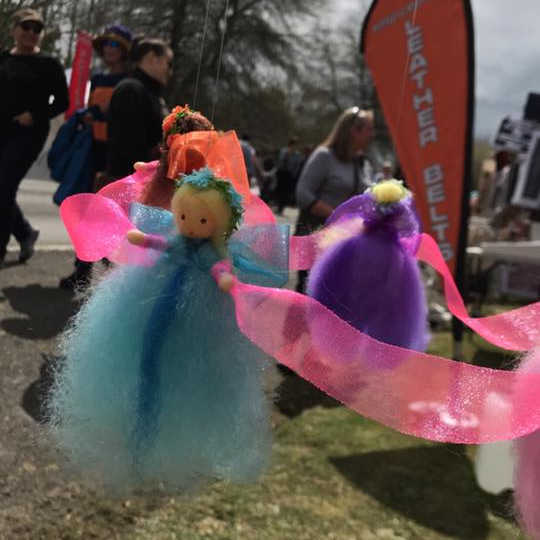

For advice contact mountain bike community Waipa Mountain Bike Club.
Mount Pirongia
The area is actively managed by the Department of Conservation with excellent signage and directions where to go for short walks. Pirongia is known for the Kaniwhaniwha Caves Walk.

At times the cave walk requires walkers to crawl on hands and knees. Check conditions before departing.
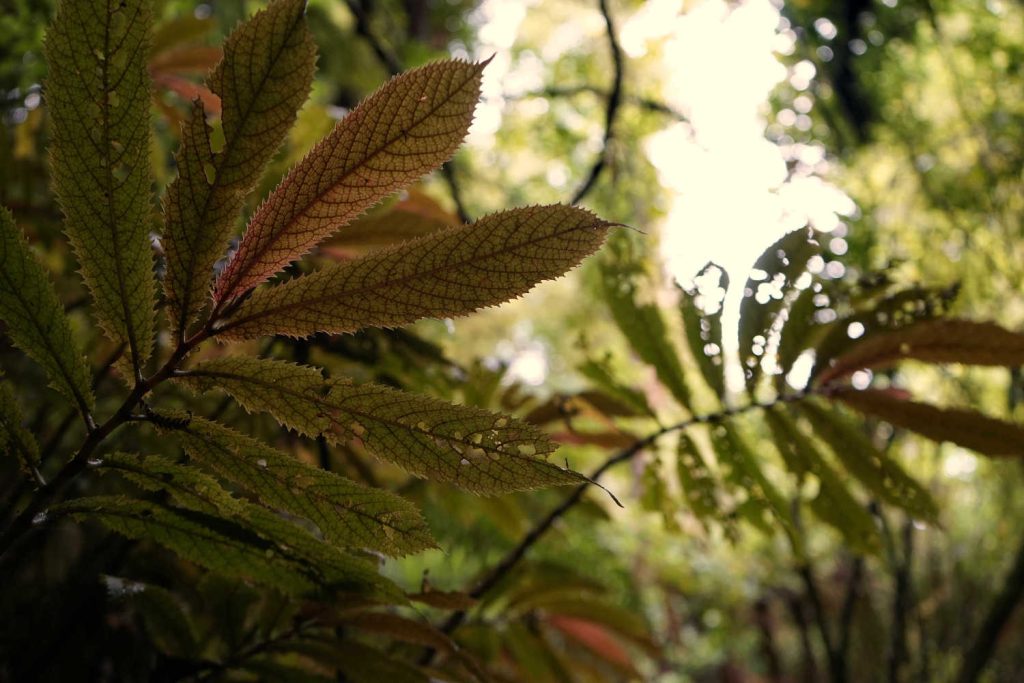
For majestic views of the countryside and wheelchair accessible the Corcoran road lookout is ideal. The walk destination is a picnic area viewpoint where you can see across the Waikato Basin to Hamilton, and Mount Te Aroha beyond. The walk leaves you satisfied, particularly if you choose a challenging one. For further information check Kaniwhaniwha: Nikau Walk & Kaniwhaniwha Caves: Pirongia Forest Park, Waikato region. Toilets, A compostable DoC toilet is next to the parking area and the start of the track, and there are toilets at the campsite about 45 minutes walk from the road and adjacent to the Nikau Loop Walk.
Pirongia social media
Te Pahu is a small settlement.

NOTE
Te Pahu is 11km from Pirongia
Pirongia tramping trails
Pirongia to Waitomo — NZ Walking Access Commission Ara Hīkoi Aotearoa
Pirongia population
1,280 (2020)
Who turned up and named Pirongia?
Both Karioi and Pirongia are said to have gained their names from Raka-taura, the Tainui tohunga (high priest). The traditional name for Pirongia was ‘Pirongia te aroaro 0 Kahu’ meaning ‘the fragrant presence of Kahu’ his wife. History Pirongia First named Alexandra, it was a military post during the Waikato war. In 1864 the 2nd Waikato militia built and occupied the Alexandra East and West redoubts, part of a chain of fortifications between Alexandra and Cambridge designed to block possible attack from Māori living south of the Pūniu River. Source NZPlaces.
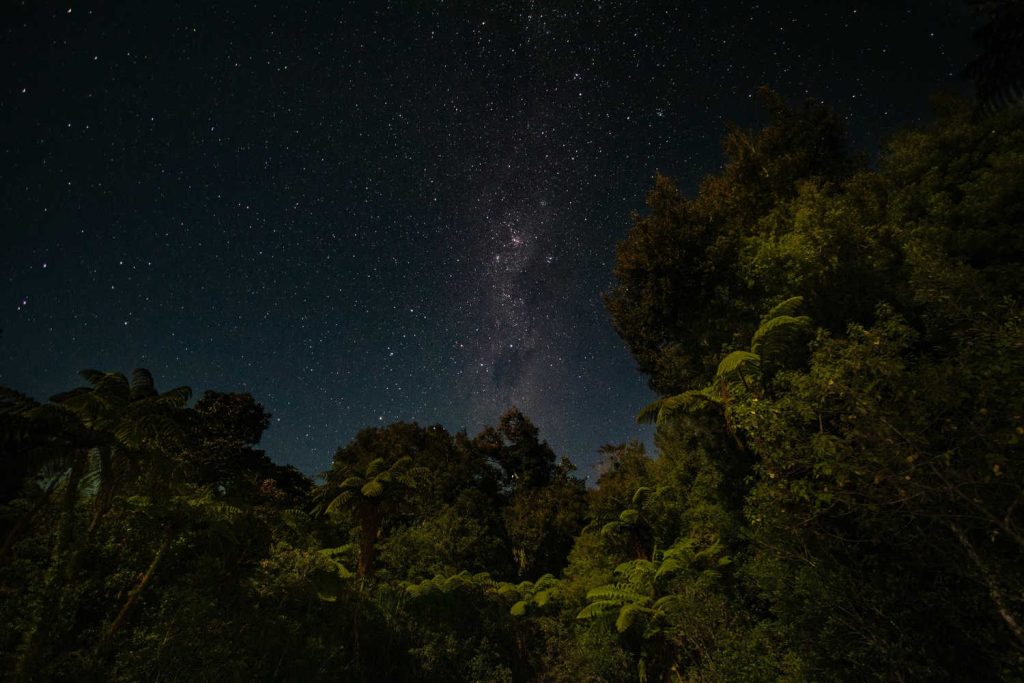
Judgment on Pirongia
Wanting to explore New Zealand flora and fauna in the North Island combined with Maungatautari Sanctuary Mountain are two off the beaten track destinations.
Every town adds to the richness of things to do and see. For more details about the region check Hamilton & Waikato Region nearby attractions and events.
Getting to Pirongia
Travel pack information
Alexandra Redoubt (1872)
Policing the colonial frontier
“An uneasy peace fell over the central North Island from the late 1860s. The fires of Te Kooti’s guerrilla warfare would flicker for a while, but even where rifles were silent tensions remained high, as two worlds eyed each other warily across a narrow buffer zone, the aukati (a line not to be crossed). On one side, most Māori worked with the European colonists, some of whom were settling on newly confiscated Waikato land. Facing them, the shrinking remnants of Māori autonomy occupied the King Country.
Native Minister Donald McLean’s controversial ‘pacification’ programme confiscated vast swathes of Waikato territory and supplemented this with other stratagems such as the use of the Native Land Court and economic development. The military settlement Alexandra was founded in 1864 (along with Cambridge, Kihikihi and Hamilton) when Colonel Theodore Haultain landed at Pirongia from the Waipā River with his militia. Alexandra, just 2 km from the aukati, met the requirements of the time, being readily defensible, close to fertile land and accessible by navigable water. The soldier-settlers who settled at what it was hoped would become a major town were mostly under 30 and had been recruited in Auckland. They camped in tents within sight of the redoubt while surveying took place.
Like most similar military settlements, Alexandra fell short of early expectations. Some settlers drifted away when the government cut funding, leaving the stayers to worry whenever they imagined enemies amassing on the other side of the frontier. The Armed Constabulary, successors to the imperial troops and the militia, built a new redoubt in 1868 during one such scare. The Alexandra Redoubt, the one we can still see, dates from later jitters and was completed in October 1872. High earth walls and deep trenches protected a blockhouse and flagstaff, symbols both of European power and of uncertainty. The Armed Constabulary would guard this unused refuge until 1886. A church sat here from 1900 until 1959. Heritage New Zealand now manages the reserve.”
BEST BITS TRAVEL GUIDE
Best Bits travel guide is published by nzjane.com. Owned and managed by PacificJane Ltd.
Our editors independently visit tour operators, purchase tickets, pay for accommodation, and rate products and places. We are not paid to go on a tour or visit a place. We only make money if you decide to purchase a product through our website links. We promise to never accept free products from manufacturers in return for boosting their products. Read more about our affiliate programme in the terms and conditions HERE.


